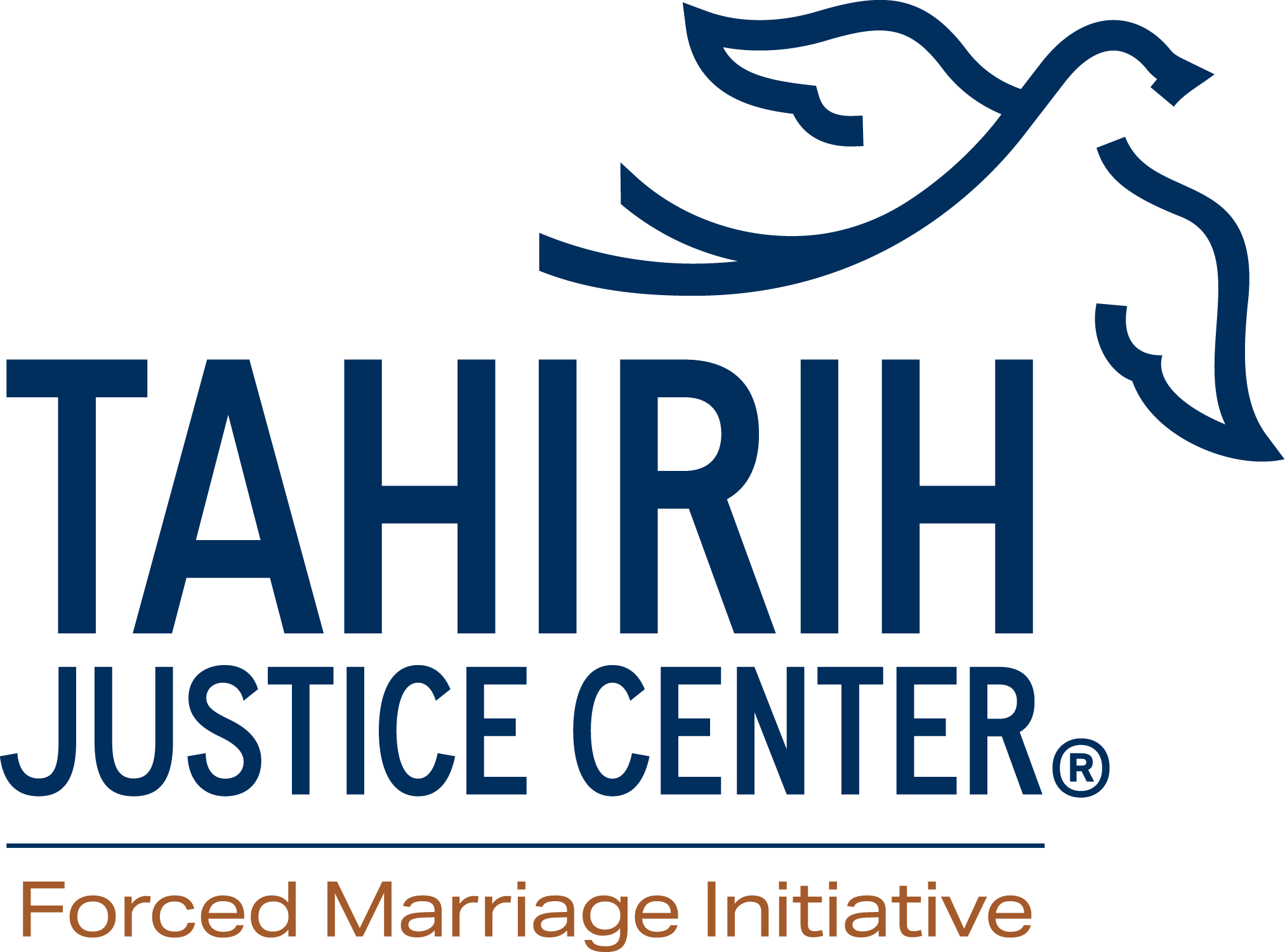Resources
This is a searchable library of publications, webinars, blog posts, and training manuals from the U.S. and around the world on the topic of forced marriage.
U.S. Department of State Foreign Affairs Manual: 7 FAM 1740
Author: U.S. Department of State
Publication: February 27th, 2005
This section of the U.S. Department of State Foreign Affairs Manual outlines the U.S. response to citizens facing or fleeing forced marriage overseas.
Ending Child Marriage – How Elevating the Status of Girls Advances U.S. Foreign Policy Objectives
Author: Rachel Vogelstein, Council on Foreign Relations
Publication: May 2013
This report examines the issue of child marriage globally and argues that the effects of this practice are harmful not only to girls, but also to families, communities, and economies, as well as to U.S. interests around the globe.
Legal Age of Consent for Marriage and Sex for the 50 United States
Author: Julia Alanen, Global Justice Initiative
Publication: 2011
This chart provides a guide to the legal age of consent to marry, the legal age to marry with parental consent, the legal age for sexual consent, as well as other important legal standards for each state in the United States.
An Introduction to Forced Marriage in the South Asian Community in the United States
Author: Debjani Roy, Manavi Occasional Paper No. 9
Publication: 2011
This publication examines the issue of forced marriage within South Asian communities in the United States.
Shattering the Silence Surrounding Forced and Early Marriage in the United States
Author: Julia Alanen
Publication: Children’s Legal Rights Journal (May 8, 2012)
In this article, Julia Alanen of the Global Justice Initiative analyzes the causes and consequences of forced marriage in immigrant communities in the United States, and discusses actions to address this growing problem.


